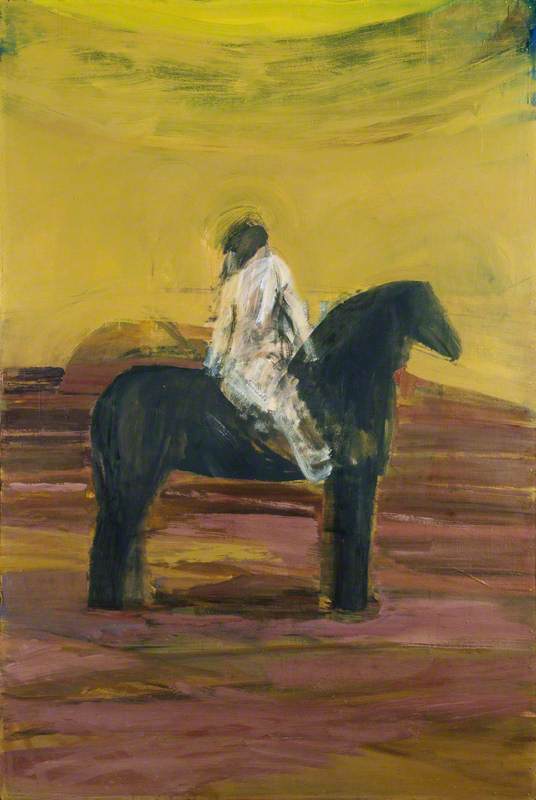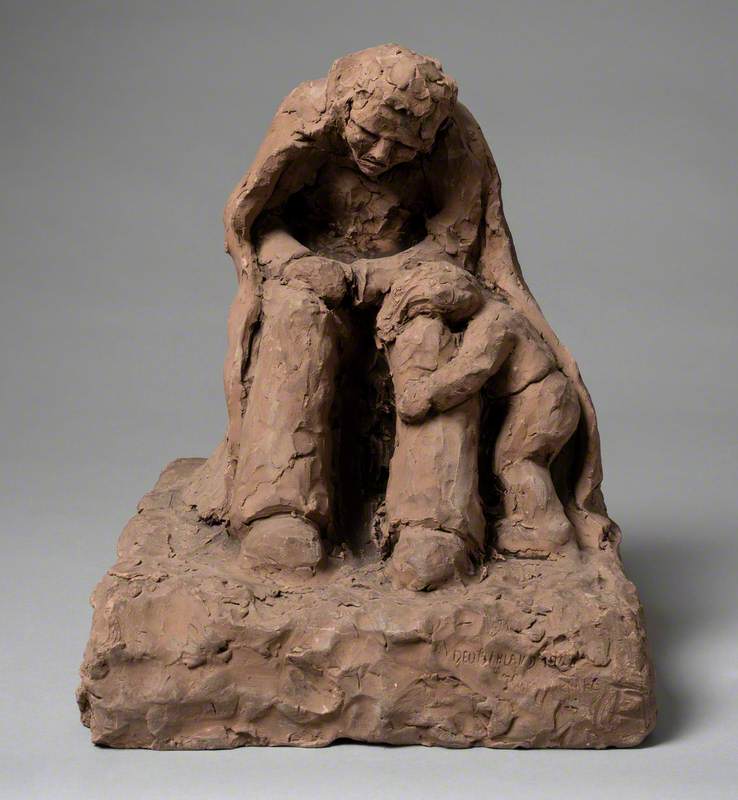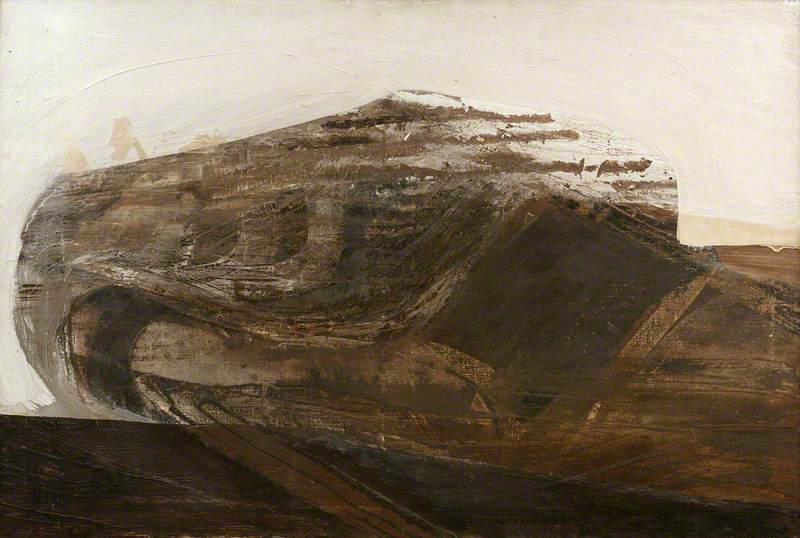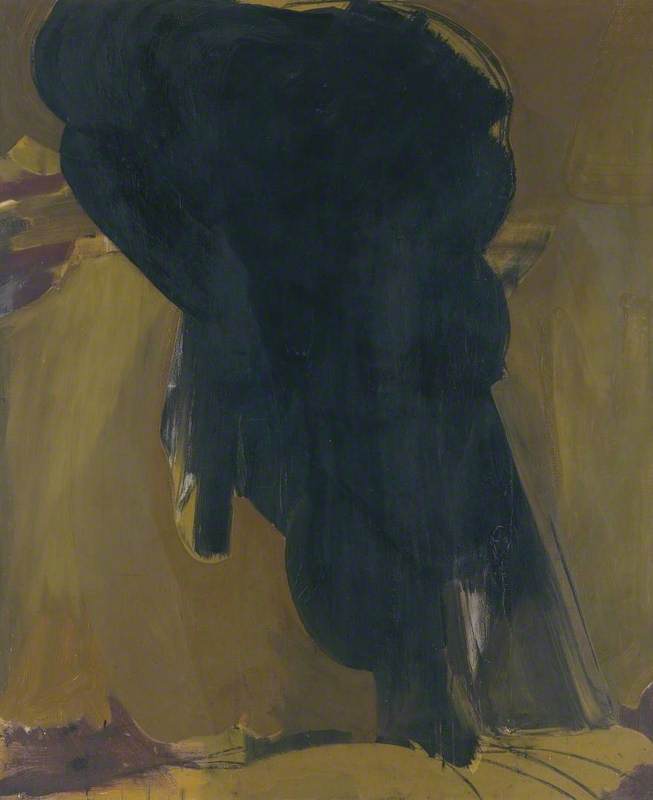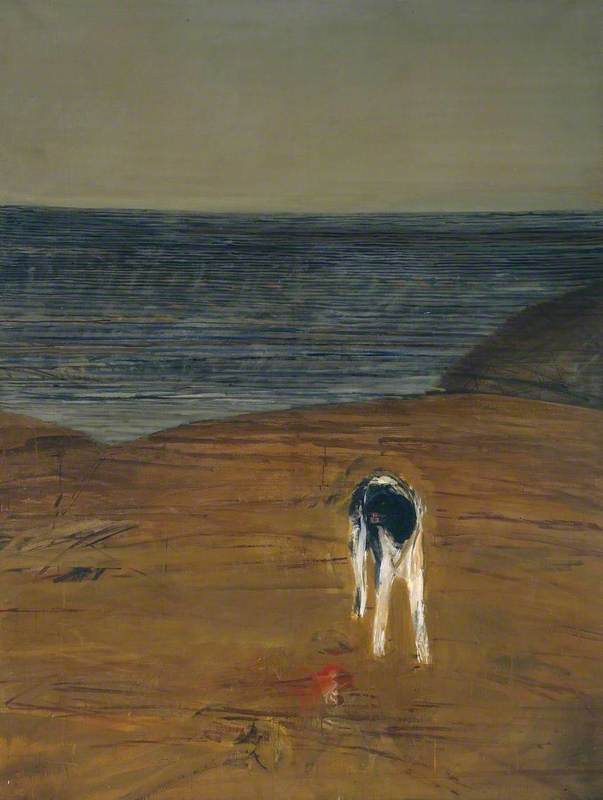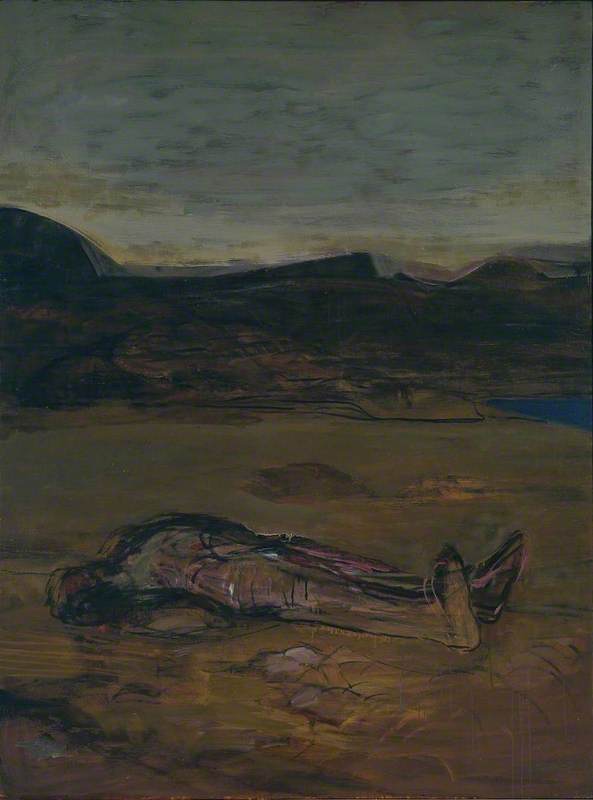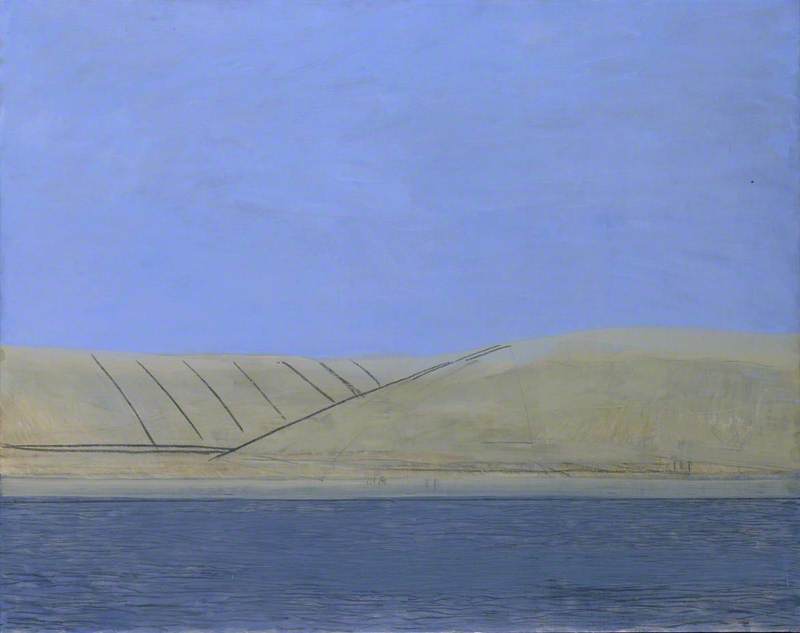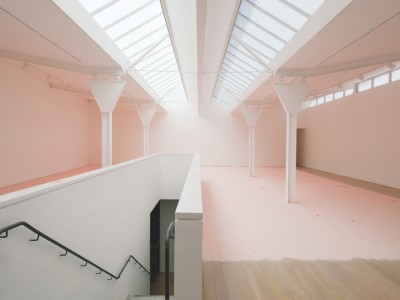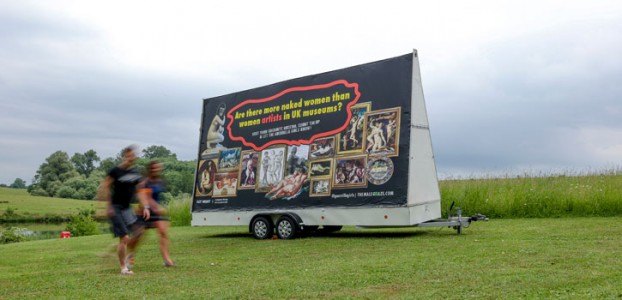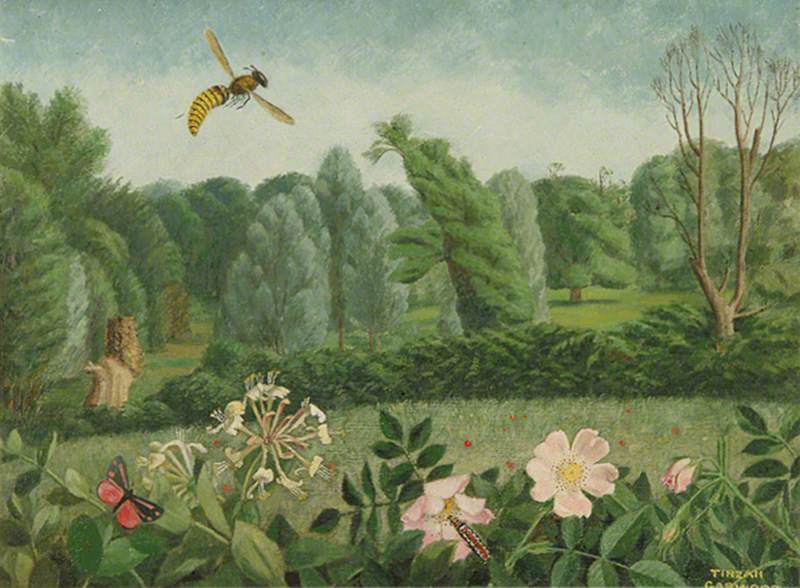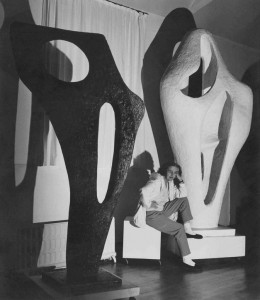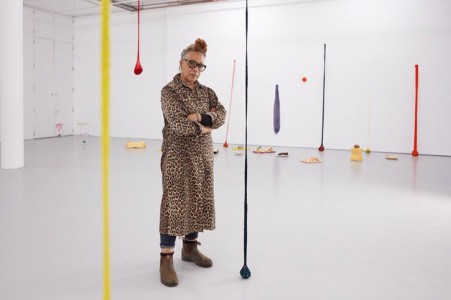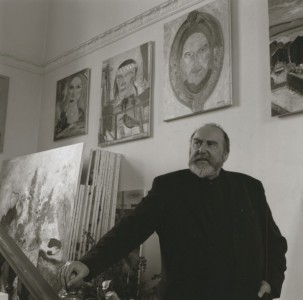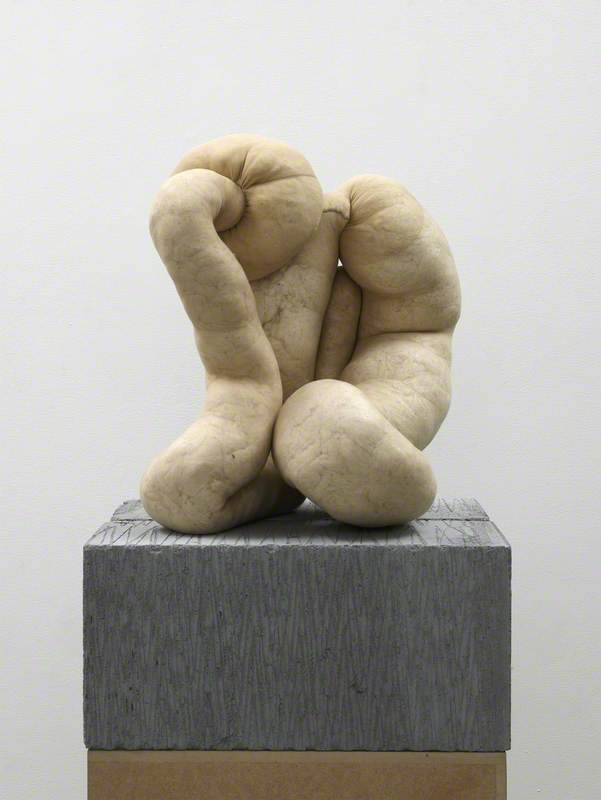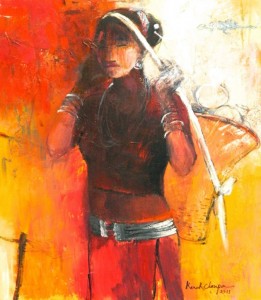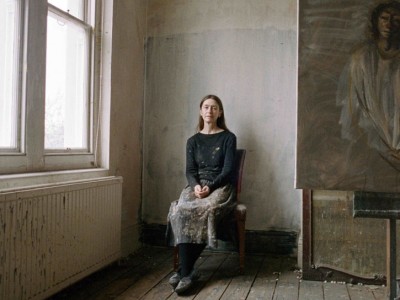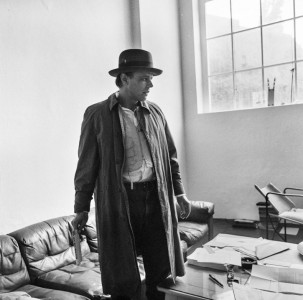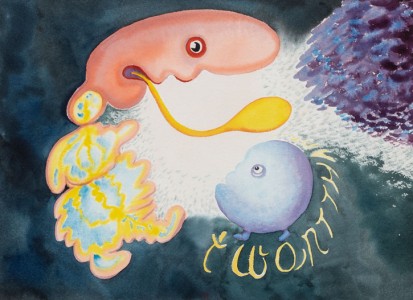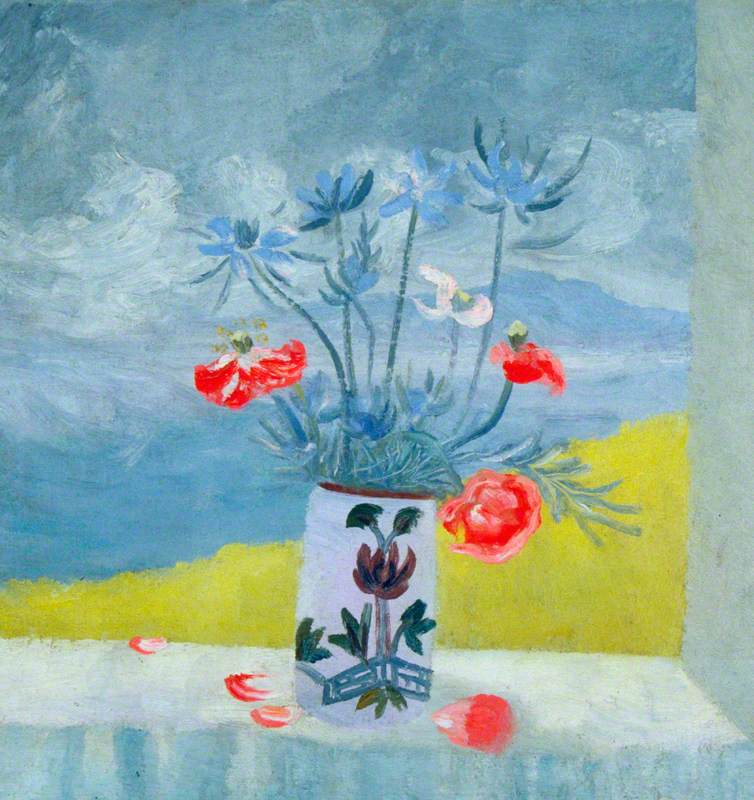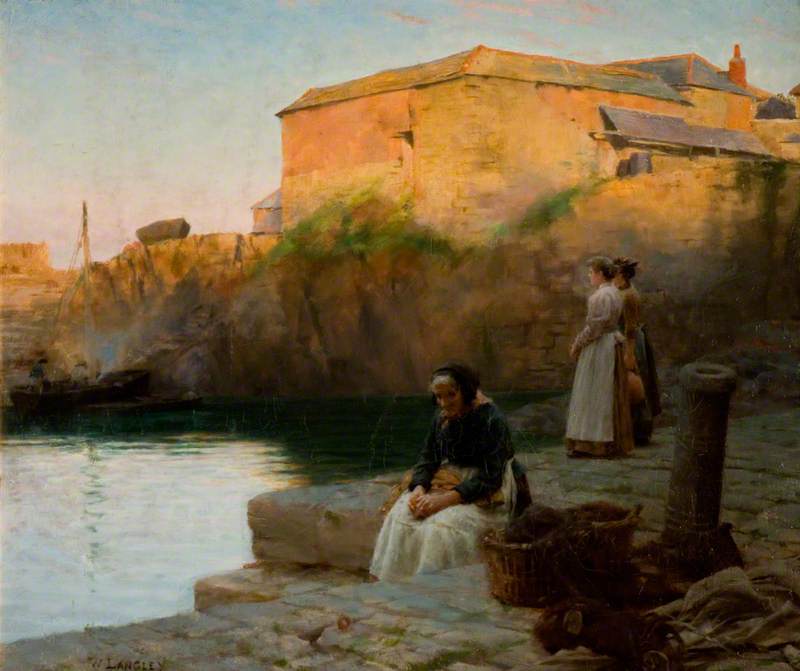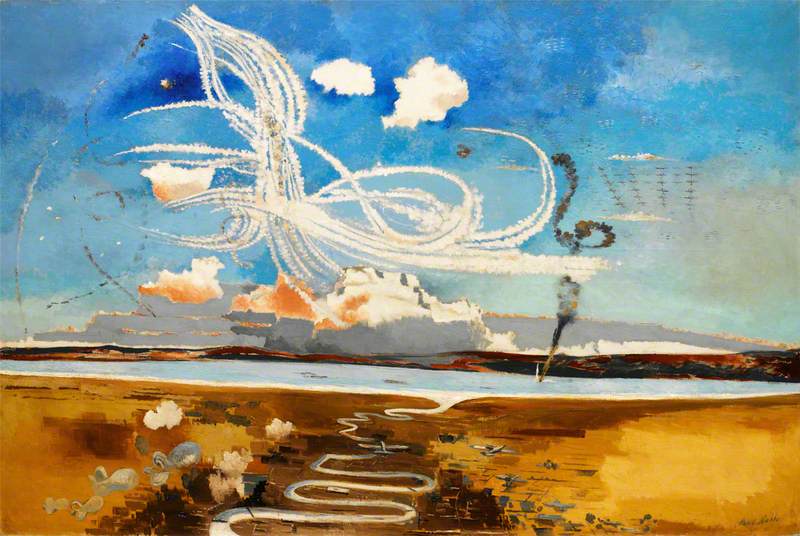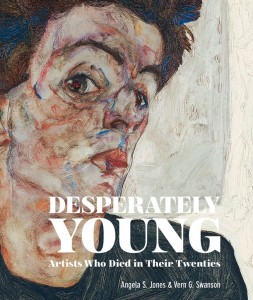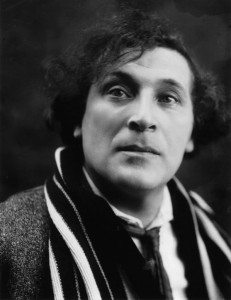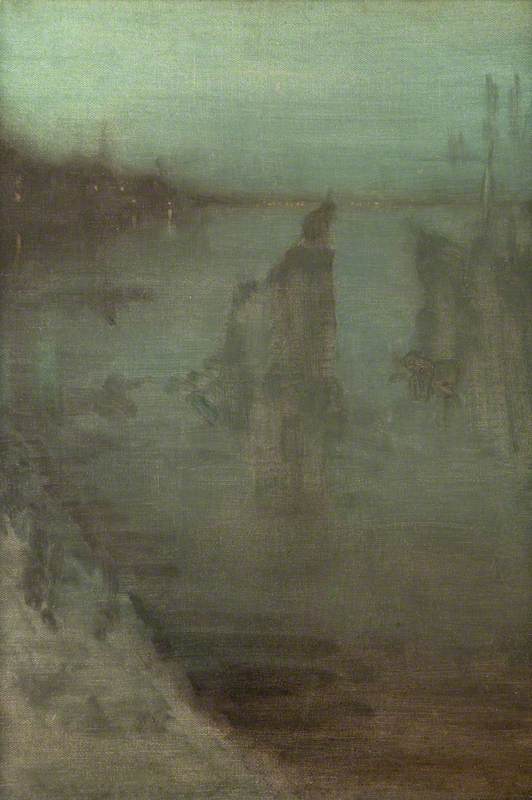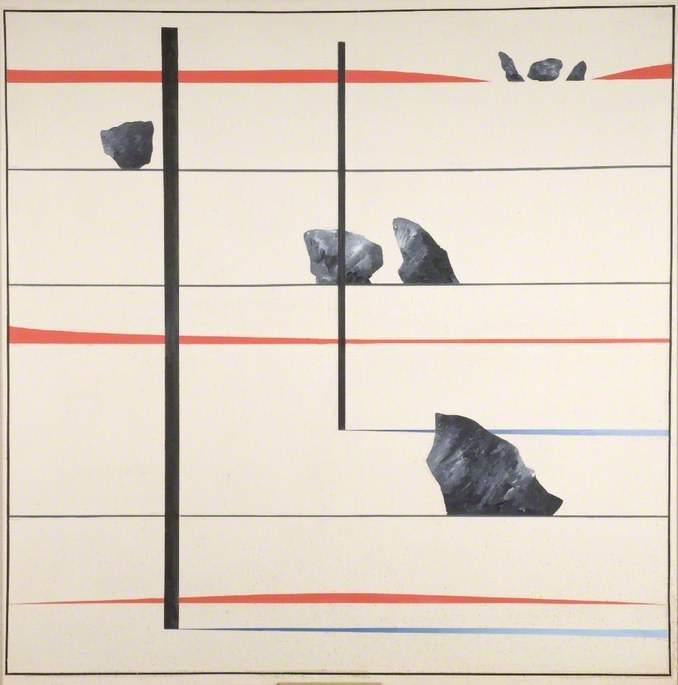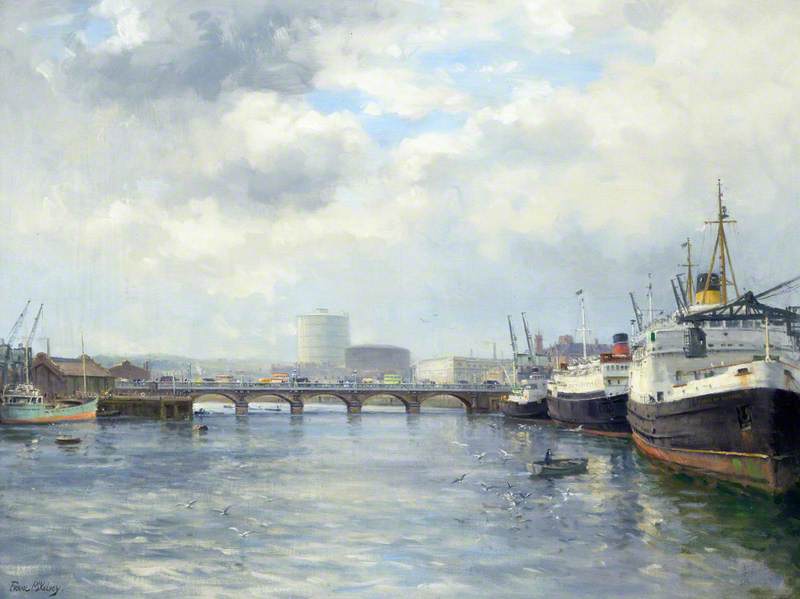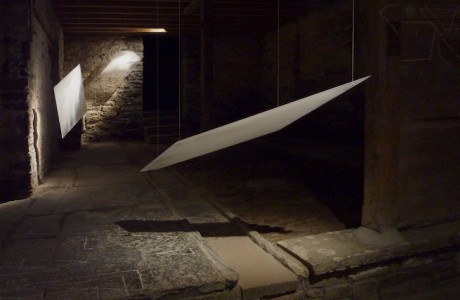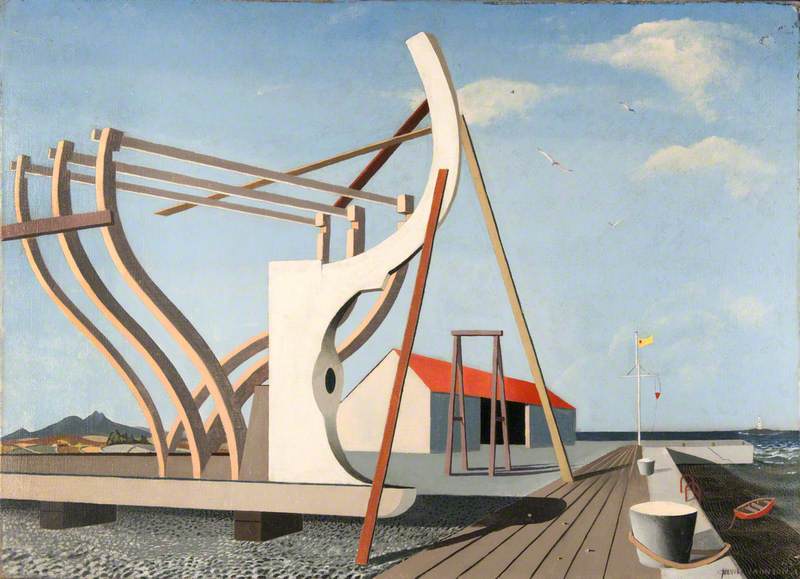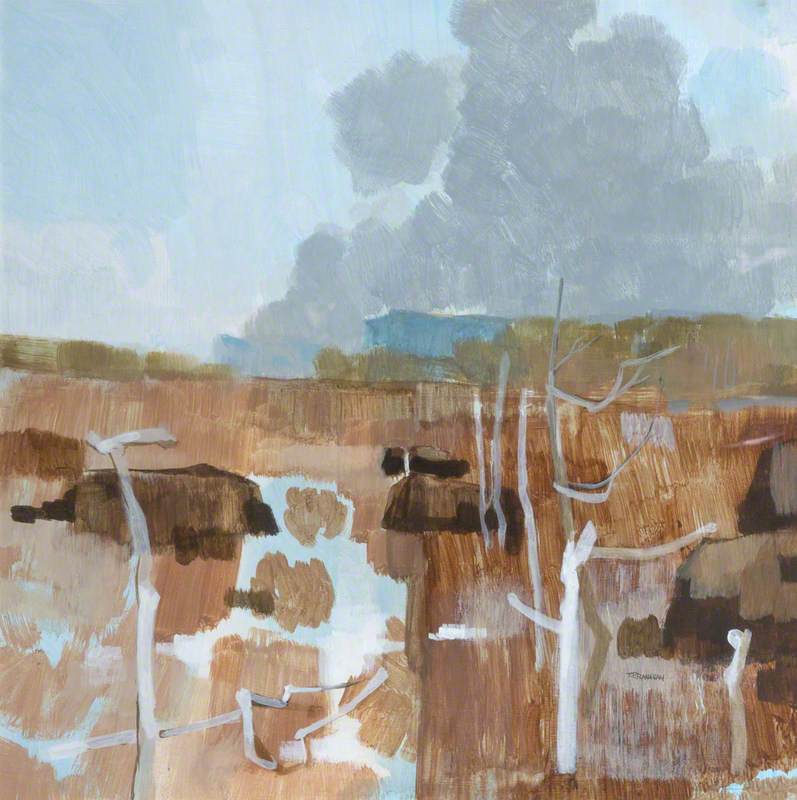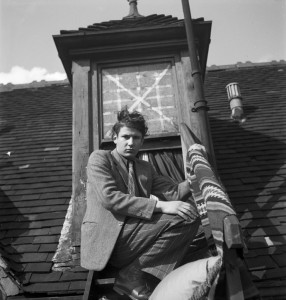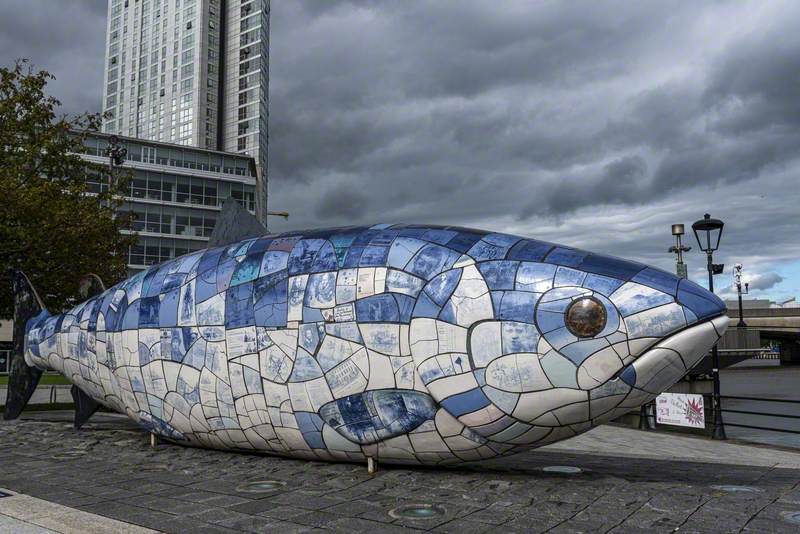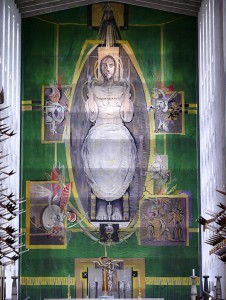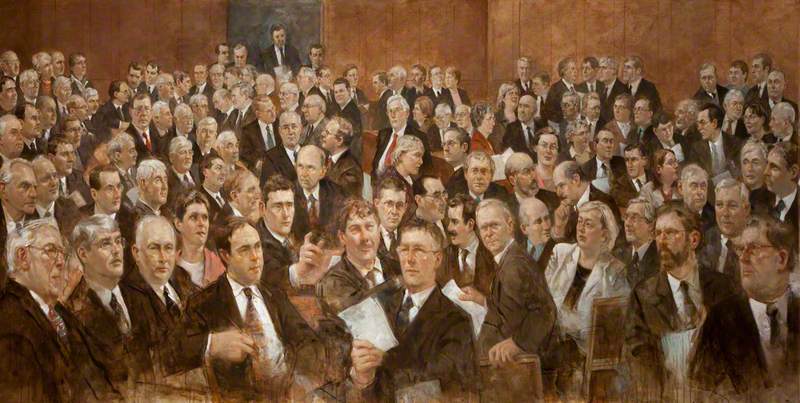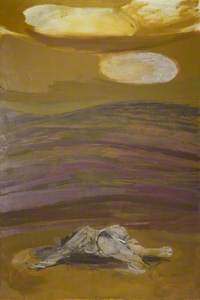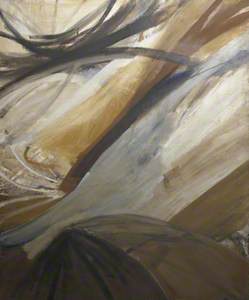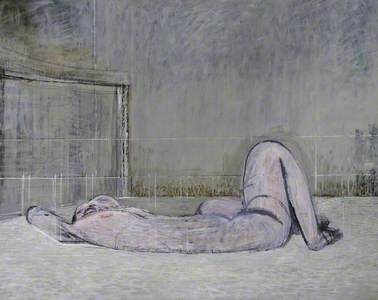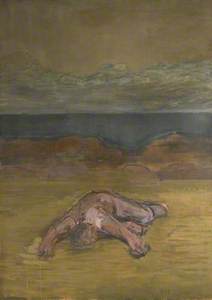You may not have heard of Karl Weschke (1925–2005), although he played a significant role in the British art scene based in Cornwall after the Second World War.
Born in Gera, Germany his turbulent childhood foreshadowed a life of displacement. Still today, Weschke's story remains largely untold, though many of his works can be found in UK public collections.
At the age of two, Weschke was placed in a children's home, remaining there until he was seven. His mother was unable to care for him and his father was absent, an anarchist on the run. When he had outgrown the home, his mother was forced to reclaim him but it was not a happy reunion. The young boy learned about life on the streets of Nazi Germany, and the Hitler Youth provided Weschke with his first sense of belonging. He joined the Luftwaffe at the age of 17 and came to the UK as a prisoner of war following capture in the Netherlands in 1945.
Deutschland (1947) was made from clay dug up at Radwinter prisoner-of-war camp near Cambridge, where Weschke was interned in 1947. This is probably his only surviving sculpture, and certainly the only example in a public collection. Radwinter placed an emphasis on rehabilitation and education, and creativity was encouraged.
The sculpture is one of Weschke's early attempts at working through the pain of learning about the realities of the Holocaust.
It certainly cites the figurative solidity of German gothic wood carving, customary in the hometown Weschke left behind. This tentative engagement with sculpture cultivated a desire to pursue the art form further. In 1949 he enrolled to study sculpture at Saint Martin's School of Art, lasting just one term. This short period, however, was crucial, as he met members of the Borough Group, including Dorothy Mead, who enlivened his interest in painting.
London would also set Weschke on the course to West Cornwall. He first met painter and Penwith resident Bryan Wynter in a Soho bar in around 1953. Told that the county was affordable and home to an increasingly flourishing modern art scene, Weschke wrote to Wynter in 1954 enquiring about places to live. In 1955 he moved to Tregerthen, four miles west of St Ives, and in 1960 relocated further west to Cape Cornwall.
The late 1950s and early 1960s saw Weschke defining a language as a new painter in different surroundings, and works such as Sudden View (1963) result from a period marked by an engagement with the Penwith landscape. Here we see the influence of artists such as Peter Lanyon in attempting to capture the experience of place.
It was Cornwall that made Weschke a painter, and the theme of its landscape runs through subsequent paintings such as Pillar of Smoke (1964) where the painterly language is increasingly simplified but links to a complex biography. The black smoke of a moorland gorse fire echoes the concentration camp pyres that Weschke saw in documentary films played to him as a prisoner of war. It was whilst captive that he had also learnt of his father's murder at Buchenwald.
Brutality came to define Weschke's existence, including the living conditions he found on his arrival in West Cornwall, enhanced by a distance away from the relatively metropolitan town of St Ives. The Cornish landscape as a place of hostility reoccurs in the paintings of the late 1960s and the 1970s.
One example is Feeding Dog (1976–1977), a barren coastal landscape foregrounded by a snarling dog with remnants of a kill in the sand at its feet. The represented dog is Dankoff, Weschke's beloved Borzoi, who often appeared as a double for his owner, the darkest episodes of Weschke's past manifesting in his image. Although painful to talk about, on rare occasions, he recalled harrowing encounters with death whilst serving in the Luftwaffe.
Body on the Beach (1977–1978) is probably his darkest work. There is a palpable sense of an artist confronting his own mortality, but also the indelible memories of seeing dead bodies during conflict. It was painted after an accident at Priest's Cove in 1977: whilst diving for lobsters, Weschke got into difficulty and was forced to make an emergency ascent. His exhausted body was washed up on the rocky beach, and he felt like a piece of meat, surrendered to the land.
This engagement with the theme of alienation traces back to Weschke's time in London, where he was exposed to continental artists working with depictions of the isolated figure.
The mid-1980s saw the figure in Weschke's paintings spliced with mythology, such as in Leda and the Swan (1985–1986), where a serenity masks intense sexual aggression. In the Greek myth, the god Zeus disguises himself as a swan and rapes Leda. This painting is of imminent violation, something constantly unpacked by Weschke, linking to the dark realities of his adolescence in Germany. The combination of the mythological and lived experience also extends to a series of works painted after two trips to Egypt in the early 1990s.
Currently on view in the collection displays of Tate St Ives is The Nile near Kom Ombo (1994), which at first seems an anomaly. However, the series of Egyptian paintings offer continuity in the way landscape is negotiated. Just like those before, they depict places at the margins of hostility. For example, desolate desert, pyramids, tombs, and mausoleums, or being on the edge of society. Although this painting is about Egypt, and others are rooted informative experiences in Germany, they were painted in Cornwall.
Karl Weschke was undoubtedly a Cornish painter. Fifty years of his life were spent on the rugged coast of the Penwith peninsula. His current inclusion at Tate St Ives is a modest yet positive step. It begins to position Weschke as an important painter amongst his better-known peers, revealing his painting to new audiences and allowing for new conversations.
Matt Retallick, curator and writer

